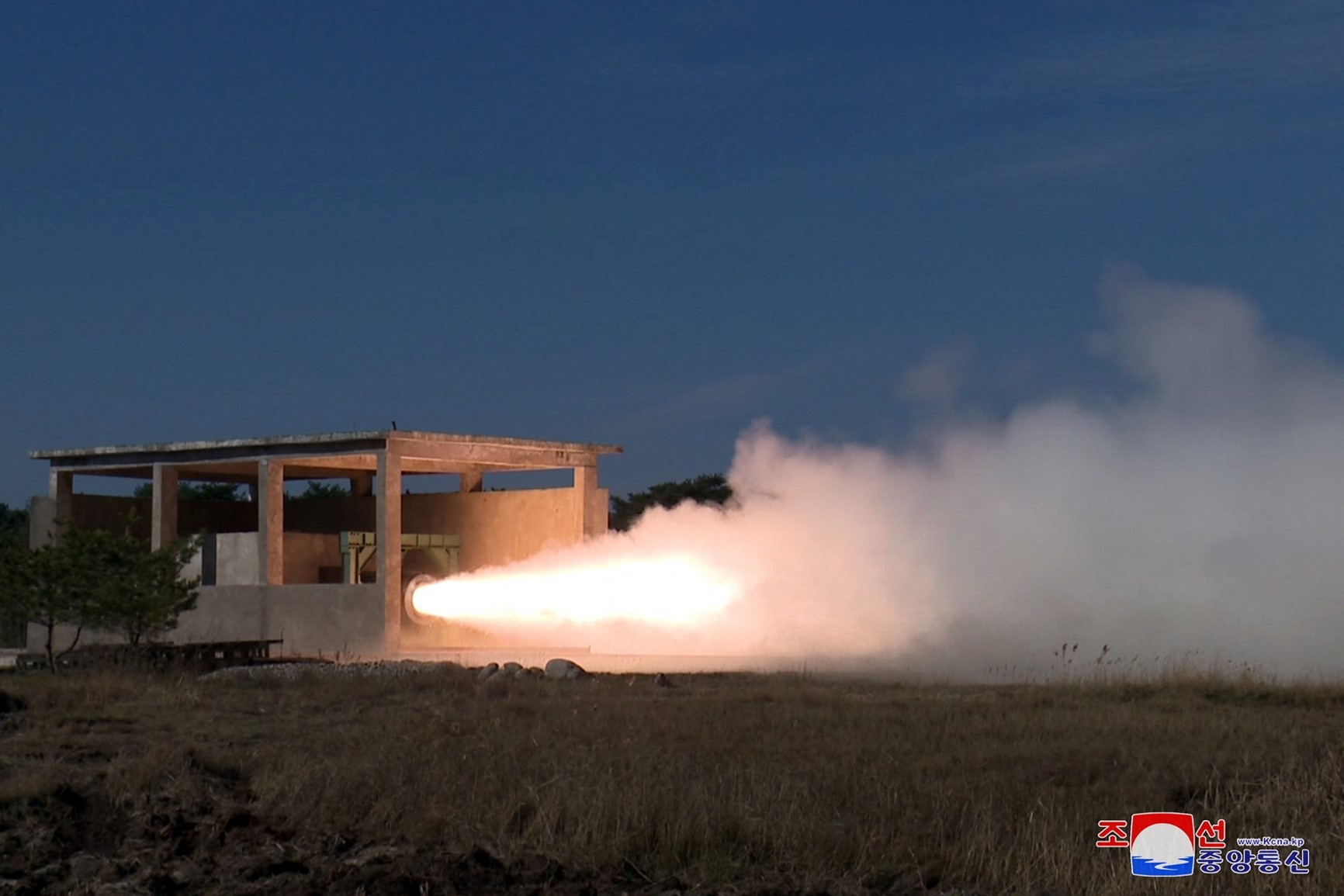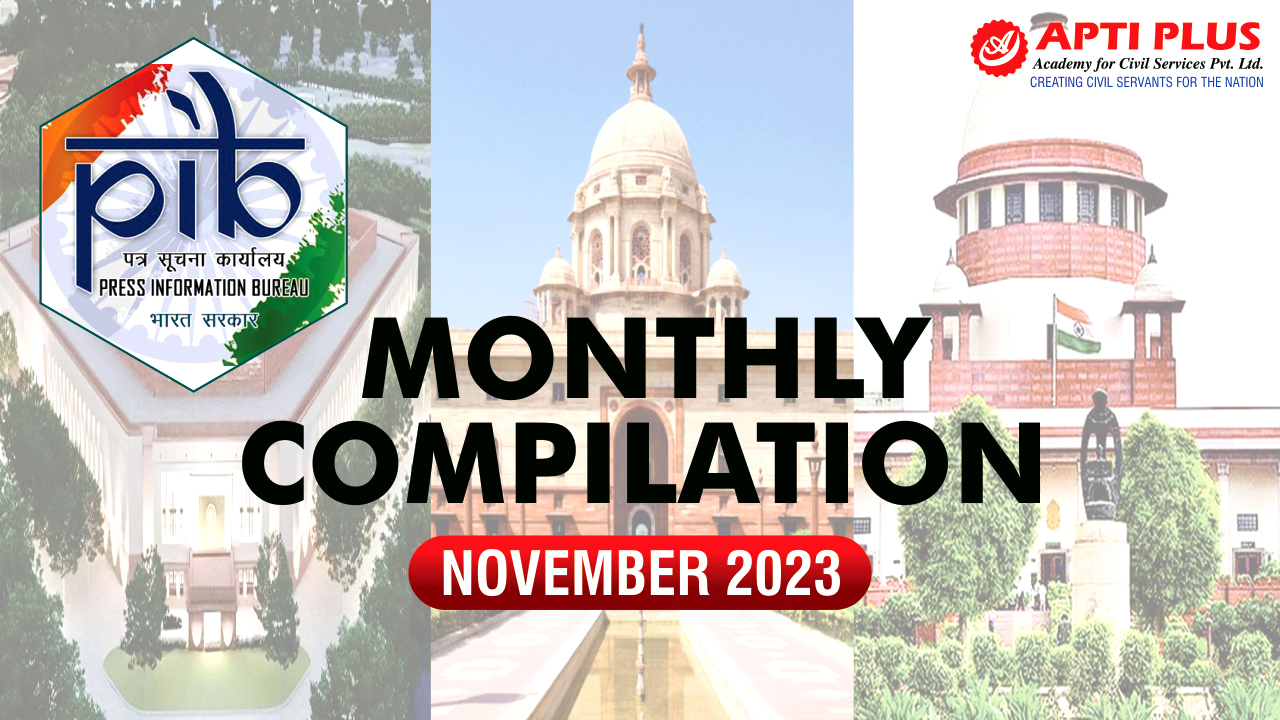
Disclaimer: Copyright infringement not intended.
Context
North Korea test-fired a intercontinental ballistic missile (ICBM) powered by solid fuel in what would be the third such test this year to boost capabilities for launching with little preparation.
Details
Overview of Solid-Fuel Missiles
Definition: Solid-fuel missiles are rockets or ballistic missiles that use solid propellants to generate thrust for propulsion.
Advantages:
- Readiness: They can be stored for extended periods and launched quickly, unlike liquid-fueled missiles that require more preparation time.
- Reliability: Solid-fuel missiles generally have fewer maintenance requirements and are less prone to leaks or corrosion.
- Mobility: They offer better mobility and flexibility in deployment compared to liquid-fueled missiles.
Types of Solid-Fuel Missiles:
- Short-Range Missiles: Such as the MGM-140 Army Tactical Missile System (ATACMS) or Iskander missile.
- Medium-Range Missiles: Examples include the Pukkuksong-2 (KN-15) or DF-21 ballistic missile.
- Intercontinental Ballistic Missiles (ICBMs): Like the Minuteman III or the DF-31.

Components and Technology:
- Composition: Solid propellants consist of fuel, oxidizer, and a binding agent. For instance, metallic powders like aluminium serve as fuel, and ammonium perchlorate acts as the oxidizer.
- Functionality: When ignited, solid propellants generate high energy and temperature, creating thrust to lift the missile off the launch pad.
- Propellant: Solid-fuel missiles use a mixture of chemicals (solid propellant) that burn steadily to produce thrust.
- Warhead: Carries the payload, which could be conventional explosives, nuclear warheads, or other specialized payloads.
- Guidance Systems: Employ various technologies such as inertial guidance, GPS, or star-tracking for accuracy.
- Materials and Construction: Solid-fuel missile construction involves precise engineering to ensure stability, reliability, and resistance to various environmental conditions.
Development and Advancements:
- Historical Context: Solid-fuel technology has roots in ancient Chinese fireworks but saw significant advancements during the mid-20th century, primarily by the United States.
- Global Adoption: Various nations, including the Soviet Union, France, China, and South Korea, have developed and utilized solid-fuel missiles for diverse purposes ranging from short-range to intercontinental ballistic missiles.
Notable Examples of Solid-Fuel Missiles:
- USA: Minuteman III, Trident II (D5).
- Russia: Topol-M, Yars, Bulava.
- China: DF-31, DF-41.
- North Korea: Pukkuksong Series (KN-11, KN-15).
Solid vs. Liquid Propellants:
- Comparison: While liquid propellants offer greater thrust and power, they require more complex technology and maintenance.
- Advantages of Solid Fuel: Solid propellants burn quickly, are storage-stable, and require less technological complexity, making them advantageous in certain contexts.

Conclusion
Solid-fuel missiles represent a critical component of modern military arsenals, providing nations with both offensive and defensive capabilities. Their technological advancements and strategic implications continue to shape global security dynamics, necessitating ongoing international dialogue and regulation to ensure stability and safety.
|
PRACTICE QUESTION
Q. Compare and contrast solid fuel and liquid fuel missiles in terms of their technological characteristics, operational advantages, and strategic implications. (250 Words)
|




